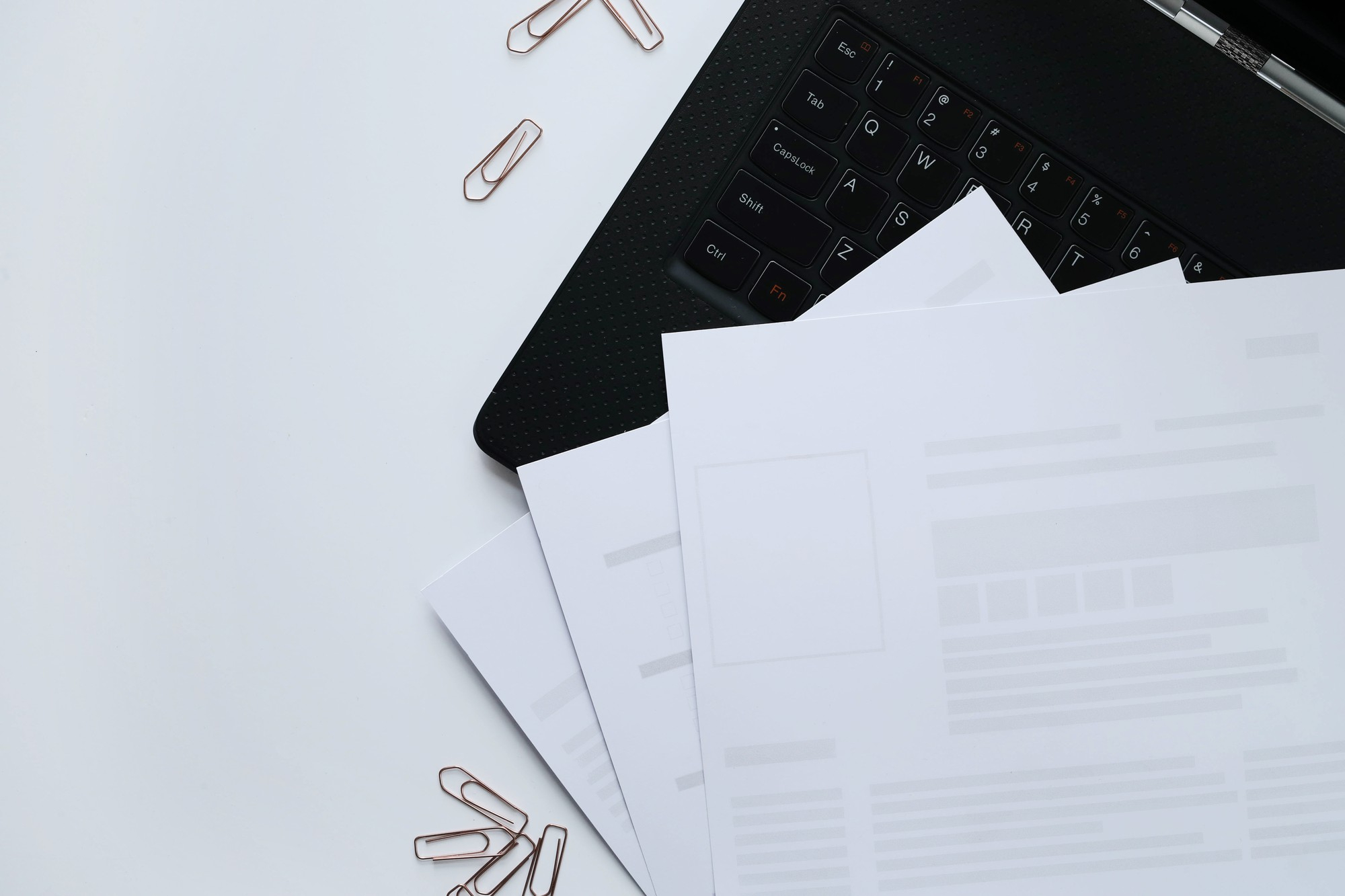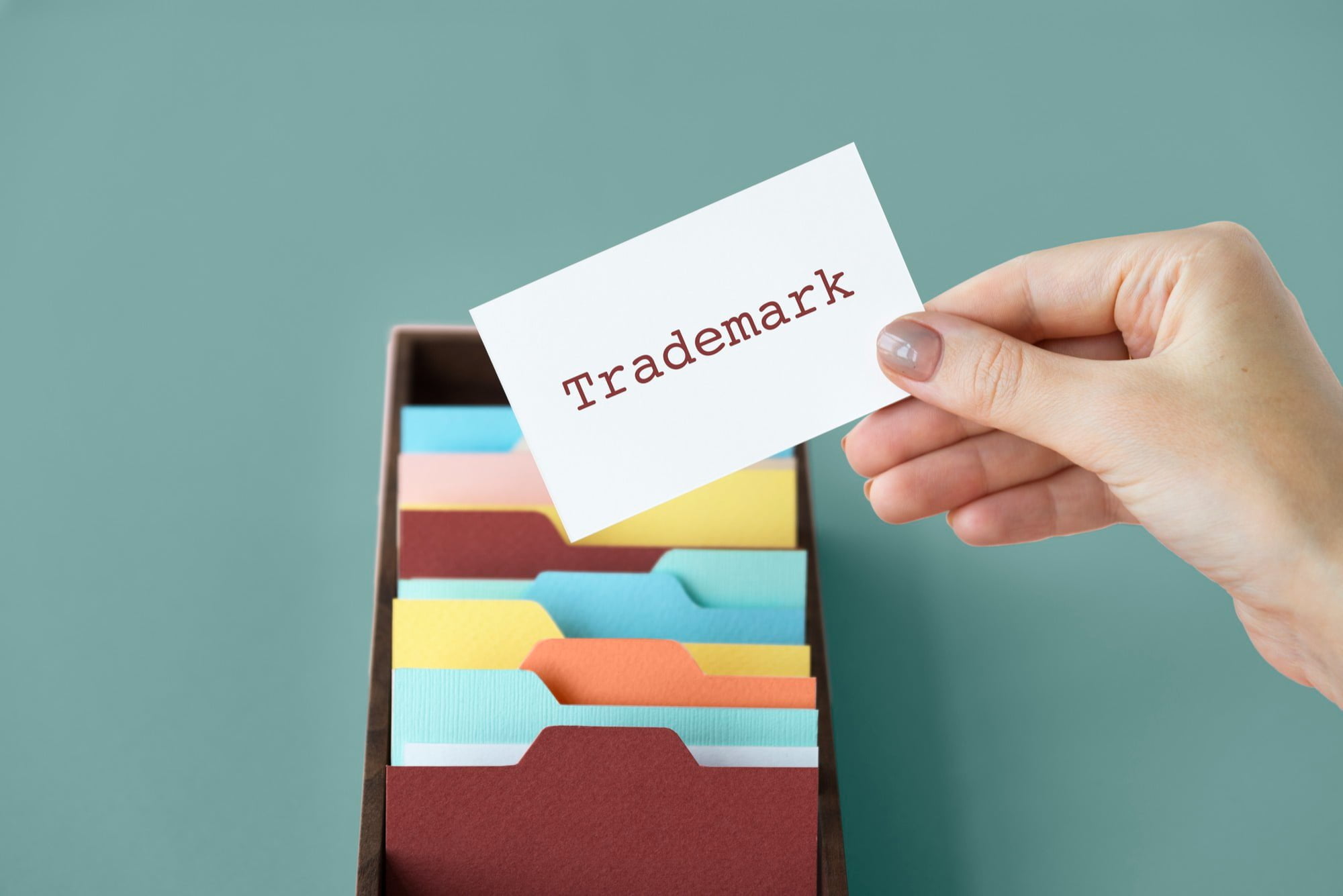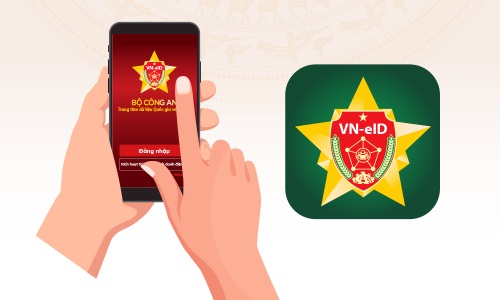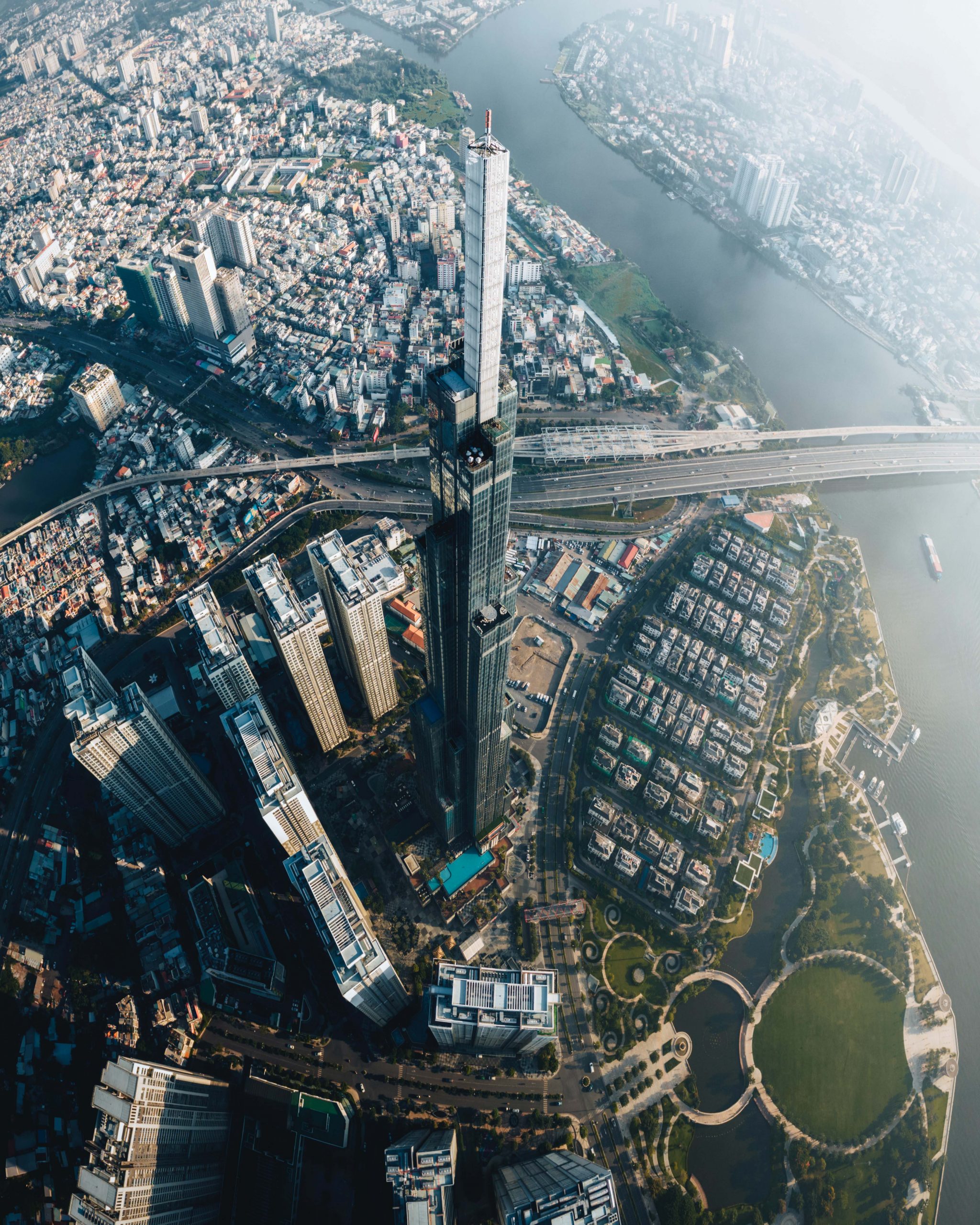Copyright protection laws in Vietnam are governed by the Intellectual Property Law, which was enacted in 2005 and later amended in 2009, 2019, and 2022. The law provides a comprehensive framework for the protection of various forms of intellectual property, including copyrights, trademarks, patents, and industrial designs. Under Vietnamese law, copyright protection extends to various creative works such as literary and artistic works, computer software, and sound recordings. The law also establishes the rights of copyright owners, including the exclusive right to use, reproduce, and distribute their works. Infringement of copyright is subject to civil and criminal sanctions, and copyright owners may enforce their rights through the courts. Overall, the copyright protection regime in Vietnam aims to encourage creativity and innovation while ensuring the fair and equitable treatment of rights holders.
1. Type of works
According to Article 14 of the Intellectual Property Law of Vietnam, the following types of works can be protected by copyright:
- Literary and scientific works, textbooks, teaching materials, and other works expressed written letters or other characters;
- Lectures, addresses, and other speeches;
- Press works;
- Musical works;
- Dramatic works;
- Cinematographic works and works created by similar methods;
- Fine art works and applied art works;
- Photographic works;
- Architectural works;
- Sketches, plans, maps, and drawings relevant to topography or scientific works;
- Folklore and folk art works;
- Computer programs and data collections;
- Derivative works.
Copyright protection applies to both published and unpublished works. In addition, copyright protection is automatic and does not require registration. However, registering the copyright can serve as evidence in case of infringement and make enforcement of rights easier.
2. Conditions to be copyrighted
According to the Intellectual Property Law of Vietnam, the following conditions must be met for a work to be eligible for copyright protection:
- Originality: The work must be original and the result of the creator’s own intellectual effort.
- Fixation: The work must be fixed in a tangible form, such as a written or recorded medium.
- Creativity: The work must show a certain degree of creativity and originality, although the threshold for this requirement is relatively low.
If these conditions are met, the work is considered to be protected by copyright in Vietnam, and the copyright owner is entitled to the exclusive rights to use, reproduce, and distribute the work. Additionally, the copyright owner may also have the right to prevent others from using the work without permission.
3. Authors and copyright owner
As stated in Article 14, the individual who created a literary or artistic work and has not yet given away their economic rights is considered both the author and owner of the copyrighted work. But, if the work was created as part of a commissioned, employment, or assigned contract, then the commissioning party, employer, or assignee becomes the default first copyright owner, unless otherwise specified in the agreement. Despite this, the author retains the right to be credited and to protect their work against distortion or mutilation, which they have permanently.
4. How to determine “Originality” of work according to the Vietnam IP law?
According to the Intellectual Property Law of Vietnam, originality is a key requirement for a work to be eligible for copyright protection. The standard for originality is relatively low, meaning that a work does not have to be unique or novel, but it must demonstrate some degree of creativity and independence from pre-existing works.
In determining originality, the following factors are considered under Vietnamese law:
- Independence: The work must not be copied from other works or sources, and must be the result of the creator’s own intellectual effort.
- Creativity: The work must demonstrate a certain degree of creativity and originality, such as the use of unique expressions, combinations of elements, or arrangement of material.
If a work meets these criteria, it is considered to be original and eligible for copyright protection under Vietnamese law. The burden of proving originality rests with the copyright owner, who must provide evidence in the event of a dispute over copyright infringement.
5. Advantages of Copyright Registration in Vietnam
- Evidence of Ownership: Registering copyright provides evidence of ownership, which can be useful in resolving disputes over copyright infringement.
- Facilitation of Enforcement: Registering a copyright can make it easier to enforce rights in the event of infringement, as the copyright owner can provide proof of ownership to the court.
6. Disadvantages of Copyright Registration in Vietnam
- Cost: The process of registering a copyright can be costly and time-consuming, and may require the assistance of a lawyer or other professional.
- Formality: Copyright registration is a formal process that may not be necessary for all works, particularly if the work is not intended for commercial exploitation.
- Limited Protection: Copyright registration does not guarantee protection against infringement, and may not provide a complete remedy for all types of infringement.
While copyright registration can provide certain benefits, it is not a requirement for protection under Vietnamese law, and the decision to register a copyright will depend on the specific circumstances and goals of the copyright owner.
7. Procedure to register copyright in Vietnam
- Preparation of Application: The first step is to prepare the application for copyright registration, which typically includes information about the work, the author, and the owner of the copyright.
- Submission of Application: The next step is to submit the application to the Vietnam Copyright Office (VCO), along with the required fee and any supporting documents, such as a copy of the work or proof of authorship.
- Examination of Application: The VCO will examine the application to ensure that it complies with the requirements of Vietnamese law, and may request additional information or clarification if necessary.
- Grant of Copyright: If the application is approved, the VCO will issue a certificate of copyright, which serves as official recognition of the copyright and provides proof of ownership.
- Maintenance of Copyright: The final step is to maintain the copyright, which may involve monitoring for infringement, enforcing rights, and updating the registration as needed.
It is important to note that the process of registering a copyright in Vietnam can be complex and time-consuming, and may require the assistance of a lawyer or other professional. Additionally, the requirements and procedures for copyright registration may change over time, and it is important to stay informed about the current laws and regulations in order to ensure proper protection of the work.
8. Statutory rights of the copyright owner under Vietnam IP law
Under Vietnamese Intellectual Property law, copyright owners have certain statutory rights, which include the following:
- Reproduction Right: The right to make copies of the work and distribute those copies to the public.
- Distribution Right: The right to distribute the work to the public by sale or other transfer of ownership, or by rental, lease, or lending.
- Display Right: The right to display the work publicly, including the right to perform the work in public.
- Adaptation Right: The right to create derivative works based on the original work.
- Performance Right: The right to perform the work in public, including the right to broadcast the work.
- Economic Right: The right to receive monetary compensation for the use of the work, such as through licensing or sale of the work.
The above list is not exhaustive.
These rights are granted to the copyright owner for a limited period of time, typically the life of the author plus a certain number of years after their death. Specifically, for most literary and artistic works, economic rights are protected for the whole life of the author plus 50 years after the author’s death. Cinematographic work, photographic work and applied-art work are protected for 75 years from the date of first publication, or 100 years from the date of fixation where they are not published in a period of 20 years.
It is important to note that these rights may be limited or restricted by certain exceptions and limitations under Vietnamese law, such as fair use.
9. What are copyright infringements under Vietnam law?
Copyright infringement in Vietnam is any unauthorized use of a copyrighted work that is protected by the Vietnamese Intellectual Property law. Some common examples of copyright infringement include:
- Reproduction: Making copies of a copyrighted work without the permission of the copyright owner.
- Distribution: Selling, renting, or otherwise distributing copies of a copyrighted work without the permission of the copyright owner.
- Display: Displaying a copyrighted work in public without the permission of the copyright owner.
- Adaptation: Modifying or adapting a copyrighted work without the permission of the copyright owner.
- Performance: Performing copyrighted work in public without the permission of the copyright owner.
- Broadcasting: Broadcasting a copyrighted work over the airwaves or the internet without the permission of the copyright owner.
It is important to note that not all uses of a copyrighted work are considered infringement, as there are certain exceptions and limitations to copyright protection under Vietnamese law, such as fair use. Additionally, the penalties for copyright infringement in Vietnam can vary depending on the specific circumstances of the case, and may include monetary damages, injunctions, and criminal penalties in some cases.
10. Exceptions and limitations to copyright protection under Vietnamese law
According to the IP law, there are certain exceptions or limitations known as “fair use” that does not violate copyright as long as they pass a three-step test. Article 25 of Vietnam IP Law provides certain exceptions and limitations to copyright protection, including:
- Make a copy of works for personal scientific researching and teaching (this exception is not applied for architectural works, art works or computer programs);
- Reasonable quoting for commentary or illustrative purposes without misrepresenting the authors’ ideas;
- Quoting without misrepresenting the authors’ ideas for writing articles, using in periodicals, radio/ television broadcasts, or documentaries;
- Quoting for lecturing without misrepresenting the authors’ ideas and commercial purposes;
- Copying by libraries for archival and researching purposes (this exception is not applied for architectural works, art works or computer programs);
- Performing stage works or other performance arts in cultural and propaganda activities without charging in any form;
- Recording live performances for reporting news or teaching;
- Photographing/ broadcasting art, architectural, photographic, applied-art works displayed in public areas for presentation of images of the works;
- Transcribing works into Braille or other languages for the blind;
- Import copies of others’ works for personal use.
11. Which remedy the right owner can take to defend copyright in Vietnam?
In Vietnam, the right owner can take the following remedies to defend their copyright when detecting infringements:
- Cease and desist letter: A cease and desist letter is a formal request to the infringing party to stop their infringing activities. Cease and desist letters can be effective in resolving minor cases of infringement and stopping infringing activities without the need for further legal action.
- Negotiation and settlement: The right owner can attempt to reach a negotiation and settlement with the infringing party to resolve the issue without going to court. Negotiation and settlement can be effective in resolving disputes without the need for legal action, but the outcome may depend on the willingness of the infringing party to negotiate and the strength of the right owner’s bargaining position.
- Civil action: The right owner can initiate a civil action in court to seek damages and compensation for the infringement. Civil actions in court can be effective in obtaining damages and compensation for the infringement, but the process can be time-consuming and expensive. The outcome may also depend on the strength of the right owner’s case and the evidence they are able to present.
- Criminal action: In serious cases, the right owner can initiate a criminal action to prosecute the infringing party and seek criminal penalties. Criminal actions can be effective in obtaining criminal penalties for the infringing party, but the process can be complex and time-consuming. The outcome may also depend on the strength of the right owner’s case and the evidence they are able to present.
- Administrative enforcement: The right owner can file a complaint with the competent administrative authority for enforcement. Administrative enforcement can be effective in resolving cases of infringement quickly and efficiently, as the competent administrative authority has the power to investigate and enforce its decisions. However, the decision of the competent administrative authority may be subject to appeal and may not be enforceable in all cases.
In practice, the most effective remedy for copyright infringement will depend on the specific circumstances of the case and the remedy sought by the right owner. It is advisable to seek legal advice before taking any action to ensure that the remedies taken are appropriate and comply with the law.
12. A typical procedure of the administrative enforcement to deal with a copyright infringement case
The administrative enforcement is often considered an effective method to remedy copyright infringement in Vietnam. The following is an overview of the administrative enforcement process in Vietnam:
- Filing a complaint: The right owner can file a complaint with the competent administrative authority, such as inspectorate body of the Ministry of Culture, Sports and Tourism. The complaint should include evidence of the infringement and the remedy sought.
- Investigation: The competent administrative authority will conduct an investigation into the alleged infringement. This may include inspecting the infringing goods, collecting evidence, and interviewing witnesses.
- Decision: Based on the results of the investigation, the competent administrative authority will issue a decision. If the infringement is found to be valid, the infringing party will be ordered to cease their infringing activities and may be fined.
- Appeal: If either party is dissatisfied with the decision of the competent administrative authority, they can appeal the decision to a higher administrative authority or a court.
In Vietnam, administrative enforcement is considered to be a cost-effective and efficient method for resolving copyright infringement as it is typically faster and less expensive than going to court. However, the decision of the competent administrative authority may be subject to appeal and may not be enforceable in all cases.
13. Are there any other competent state agencies that can handle copyright infringement cases?
In Vietnam, besides the inspectorate unit of the Ministry of Culture, Sports and Tourism, other competent state agencies that can handle copyright infringement cases include:
- The Market Management Surveillance: The Market Management Surveillance has the power to handle cases of infringement of intellectual property rights in the market, including cases of copyright infringement.
- The police: The police have the power to handle criminal cases of copyright infringement, such as cases involving counterfeiting or piracy.
- The Customs Authority: The Customs Authority has the power to handle cases of import and export of infringing goods, including cases of copyright infringement.
In addition to these agencies, the right owner may also initiate a civil action in court to seek damages and compensation for the infringement. The choice of the competent agency will depend on the specific circumstances of the case and the remedy sought by the right owner. It is advisable to seek legal advice when deciding which agency to approach for assistance.
14. Aspects to be taken into account when choosing between administrative measures and litigation
The right owners should consider the following factors when deciding whether to go ahead with administrative enforcement or bring the case to court:
- Urgency: If the infringement is causing significant harm and requires immediate action, administrative enforcement may be a more suitable option as it is typically faster than going to court.
- Evidence: If the right owner has strong evidence of the infringement, they may consider administrative enforcement as the competent administrative authority has the power to investigate and gather evidence.
- Complexity: If the case is complex, such as involving multiple infringing parties or multiple types of intellectual property rights, it may be more appropriate to bring the case to court.
- Remedy sought: If the right owner is seeking a remedy that is not available through administrative enforcement, such as criminal penalties or an injunction, they may need to bring the case to court.
- Cost: Administrative enforcement is typically less expensive than going to court. However, if the case is complex or if the right owner is seeking a significant amount of damages, going to court may be more cost-effective in the long run.
In general, it is advisable to seek legal advice when deciding whether to go ahead with administrative enforcement or bring the case to court. This will help ensure that the right owner takes the appropriate action and obtains the best outcome for their case.
15. Recommendations for rightsholders to effectively protect their copyright in Viet Nam?
Right holders can proactively and effectively protect their copyright in Vietnam by taking the following main steps:
- Registering their copyright: Registering the copyright with the Copyright Office of the Ministry of Culture, Sports, and Tourism is the first step in protecting their rights in Vietnam. This provides a legal basis for enforcing their rights in case of infringement.
- Monitoring the market: Regularly monitoring the market for potential infringements of their rights can help right holders quickly identify and take action against any infringements.
- Keeping accurate records: Keeping accurate records of the creation and use of their works can help right holders to prove the existence of their rights in case of infringement.
- Seeking legal advice: Seeking legal advice from a qualified intellectual property lawyer can help right holders understand their rights and the appropriate remedies available to them in case of infringement.
- Taking action against infringement: Taking prompt and appropriate action against infringement, such as sending cease and desist letters or initiating legal proceedings, can help right holders protect their rights and deter future infringements.
- Right holders can consider joining a collective management organization, such as a copyright society, to manage their rights and enforce their rights collectively on a larger scale. It is also advisable to consider entering into licensing agreements with third parties to legally use their copyrighted works and to receive compensation for such use.





































